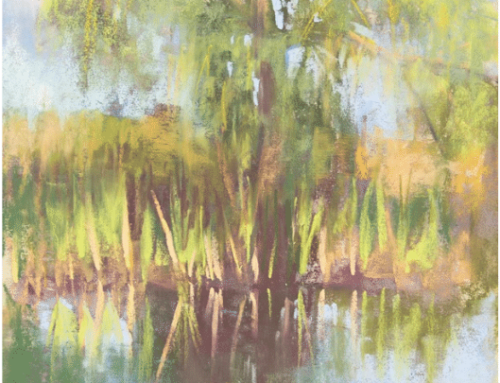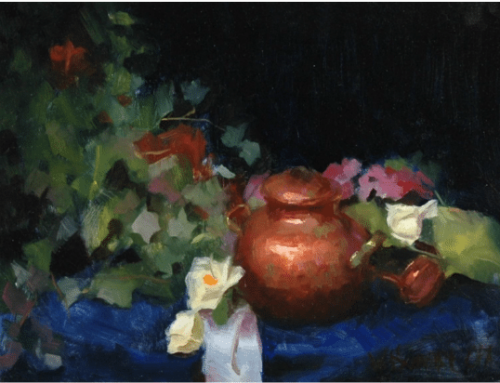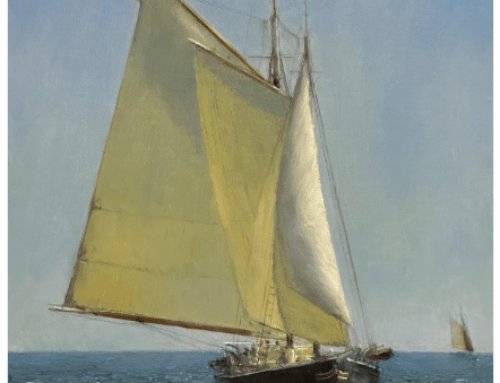“I can’t even draw a straight line.” If I’ve heard that once, I’ve heard it 1,000 times. The proper answer, of course, is “You don’t have to!”
For that matter, plenty of people who become artists later in life probably would have started a lot sooner if they hadn’t been under the misguided impression that they “couldn’t draw.” For some reason, lots of us think the ability to draw is one of those “either ya got it or ya don’t” deals. Nothing could be further from the truth.
Anyone can learn to draw, and draw well, at any age. Drawing is a skill. It’s not an elite inborn superpower, and it can be learned. It takes time, practice, and patience. And patience. And practice. And a dose of fearlessness helps too. I do think you can be predisposed to thinking in certain ways that make it easier for you to learn to draw than the kid sitting next to you. But that’s different from the usual notion of talent as a God-given “gift” that only a chosen few will receive. Realizing that leaves more room for the rest of us too.
That kid in your class who could draw better than everyone else? (Maybe that was you?) It comes down to various mental characteristics. They’ve figured out how to cross-measure proportions to get a more accurate drawing. They’re good at comparing one thing with another and making small adjustments to the copy. It’s not a mysterious gift presented by Fate to only a select few. It’s a simple skill that all draftsmen use, and it can be taught.
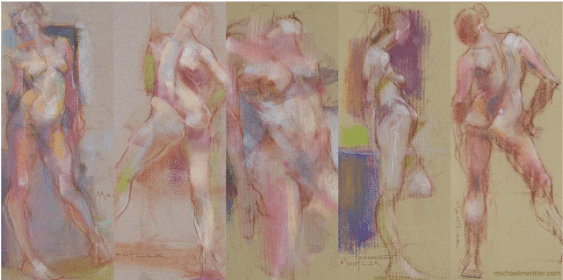
Transcendence: Figure drawings by Michael Mentler. Michael has a teaching video on the Renaissance approach to drawing the figure, here.
And the basic principles are easily understood:
- Draw what you see and not what you know.
- Draw shapes and proportions before you add detail.
- Always be comparing your shapes, sizes, and angles with each other and the model, adjusting as needed.
- Distill the elements of draftsmanship (such as scale, proportion, rhythm, mass, shape, space, balance, volume, and perspective) into simple observations:
- How long is it?
- How high is it?
- How wide is it?
- What are the shapes, angles, and proportions doing?
Ideally, the artist aims to balance the technical ability to draw well with a creative sense of what the drawing will convey or represent (along with an interesting way to represent it). Everyone has different abilities and interests, and each artist ideally evolves their own unique style perfectly suited to what they have to say.
Styles differ because people and their strength and weaknesses differ. Style depends on personality and preference and which parts of the painting puzzle you pay the most attention to by nature. A person whose personal strengths lie in one area (architectural drawing, let’s say) may lean on that and work harder to develop skills in other areas (representing textures, for example).
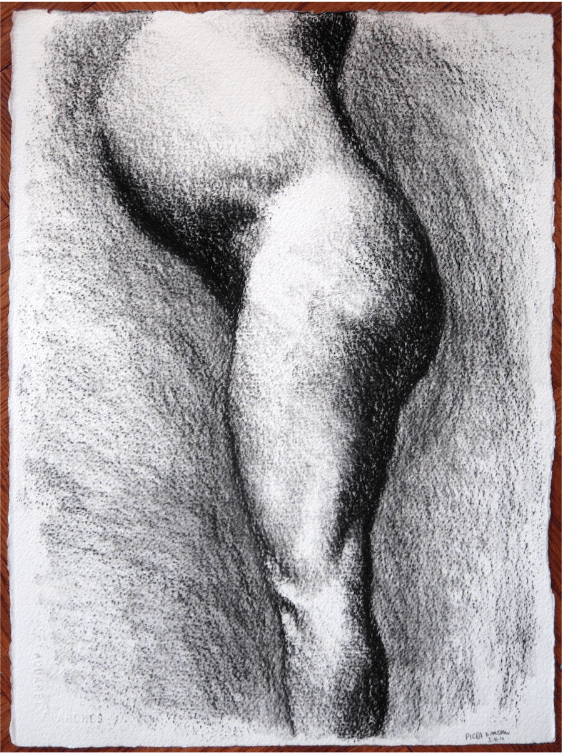
Daniel Maidman, Piera Pregnancy Project, charcoal drawing. Daniel’s video teaches Enhanced Life Drawing.
It’s true that we learn things faster when our brains and bodies are young. But we all have different aptitudes and speeds of learning, and with the Internet, chock full of tutorial videos and online classes and art events, the learning curve has flattened incredibly. In ages past, you had to apprentice to a master as a child or spend years in an academic art school to learn what you can in a matter of months online. As artists and learners, we’ve honestly never had it so good.
Gridding out photos and working square by square saves time but doesn’t teach you as much as working from life. However, there’s another fast way to pick up essential drawing skills, and that’s copying drawings by eye. Every beginning artist in the past was expected to make copies of the masters, and it’s still an excellent way to practice.
If you copy the drawings of any great artist, one of the things you’ll immediately sense is the quality of line – the character of an artist’s line is a very beautiful and a very personal thing. The feel of an artist’s line might be a function of personality, but there are things to consider even here: how heavy or light the pressure used, how confidently or haltingly the hand moved on the surface, where contours thicken or thin, how rapidly or methodically the drawing progressed, the kind of writing tool used – these and more all contribute to line quality. But don’t think of it as complicated – think of it as part of the fun of learning to draw like you.
No, it’s not too late and YES, you can.
Don’t believe me? There are dozens of teaching videos that will absolutely teach you to draw. See for yourself, right here.
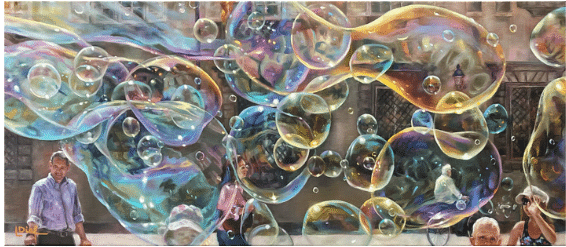
Lyn Diefenbach, Life in a Bubble, oil on linen, 14 x 32 in.
Drawing is of major importance in the oil and pastel masterworks by Lyn Diefenbach. Her paintings cover a myriad of subject matter, with her bold florals consistently receiving accolades nationally and internationally. Her ability to communicate her ideas has entrenched her as a respected and sought-after tutor, with teaching engagements internationally and across Australia.
Lyn has a teaching video titled Floral Secrets, A Step-By-Step Guide to Painting Luminous Lifelike Flowers in Pastel.
She will be one of 25 artists at the top of their game teaching and demonstrating pastels during this year’s Pastel Live. Pastel Live (September 18-20, 2024) is an online event bringing together top artists and teachers for three days of instruction, demonstrations, exploration, inspiration and everything and anything to do with pastels. Find out more and register here.


